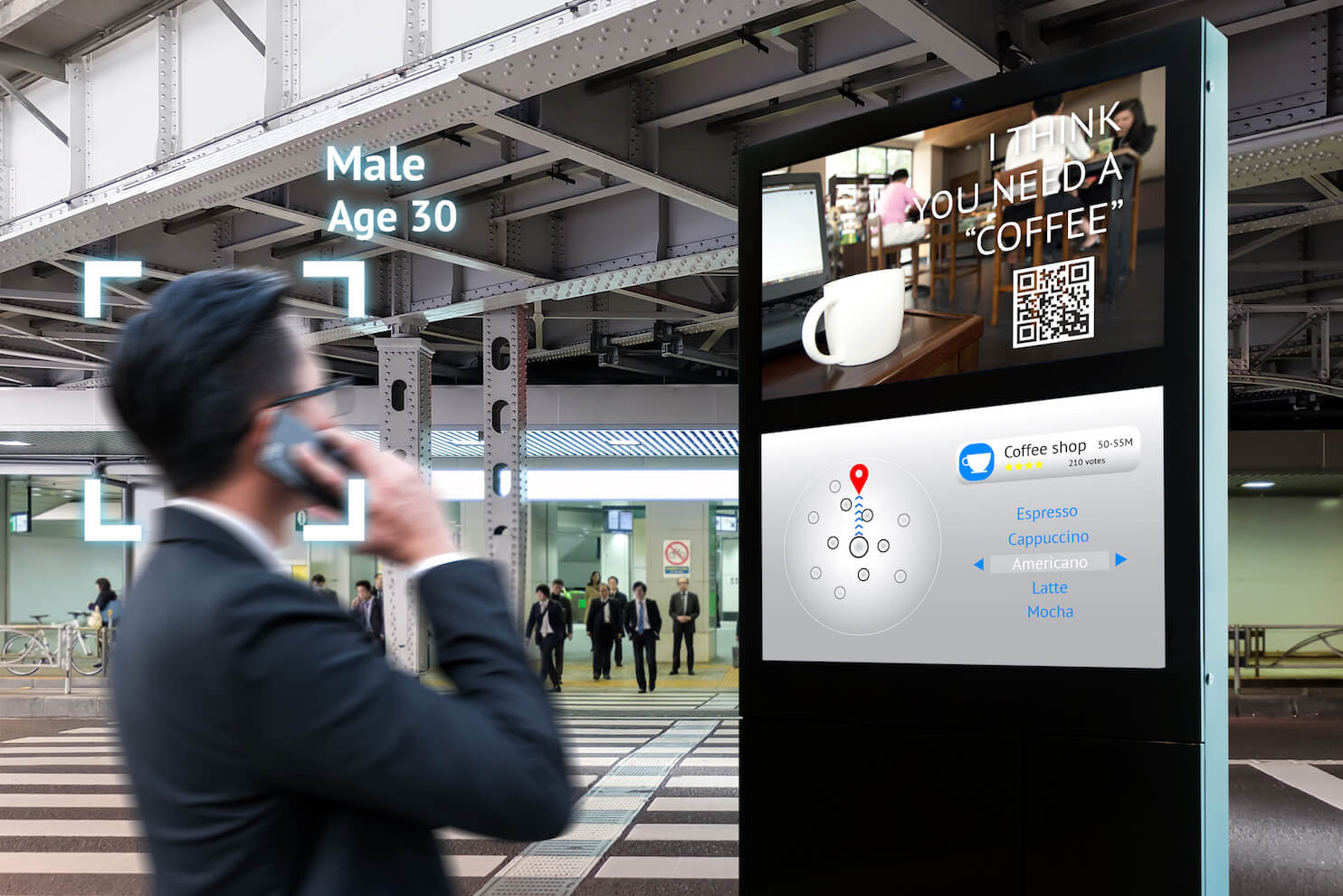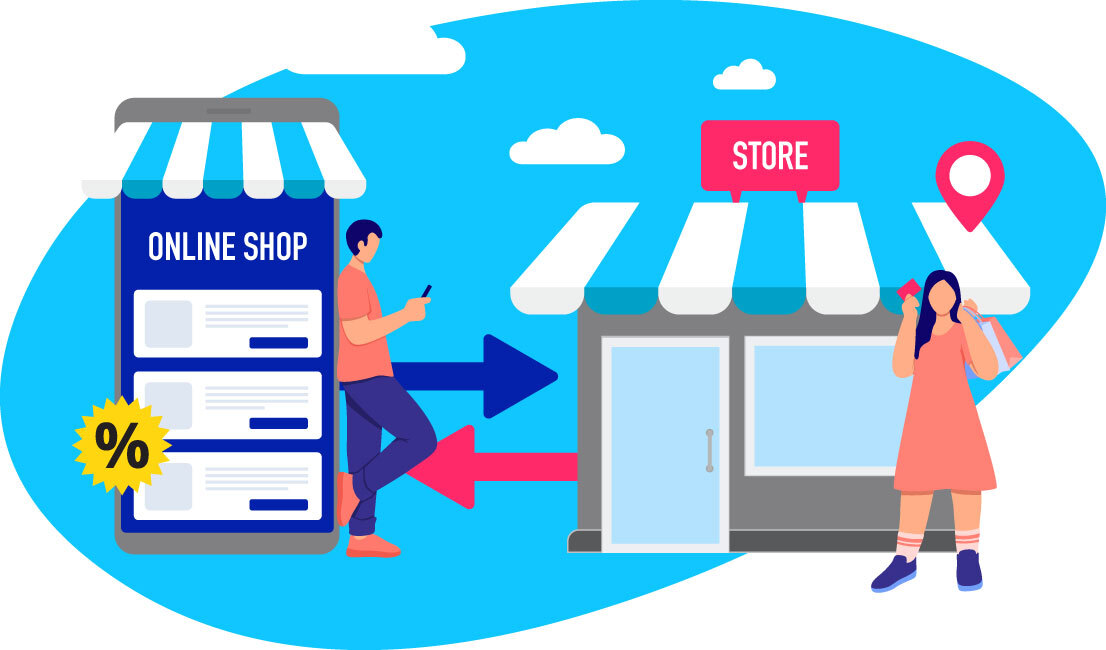6 min read
The last few years has seen artificial intelligence (AI) go from a promising buzzword to a mainstream technology. Almost every industry from banking to telecoms, healthcare and insurance is experimenting with some form of AI, and the retail industry is no exception.
Based on a recent study, the investment in AI in the retail market is estimated to be US$27.2 billion by 2025, almost 38 times US$0.71 billion – the value in 2016. This leap is understandable considering the shifts in consumers’ shopping habits and fervent activity in the sector, as well as the number of ways in which AI can impact and transform the industry.
AI is Disrupting the Entire Retail Chain
Compared to other industries like financial services and insurance, the retail sector is further ahead in the implementation of AI. A new survey conducted by Forrester on behalf of Appier shows that 56 percent of respondents from the retail sector in Asia Pacific (APAC) have either implemented, or are expanding their AI-oriented initiatives.
The adoption of AI can be seen right at the beginning, in the manufacturing stage. Brands like Adidas and Nike employ robots powered by AI and computer vision to automate tasks that would otherwise incur costs through manual labor. In automated warehouses like that of Amazon, workers use the help of robots capable of depth sensing and object recognition to sort, store and manage inventory and to move heavy packages around.
Once their products reach the supermarkets and retail channels, both retailers and brands also rely on AI tools to understand what is happening at the shelf. Traditionally this was done through POS data collected during checkout and through infrequent manual audits. But today, some consumer-packaged-goods brands like Coca Cola are adopting image recognition and augmented reality solutions to understand how fast their products are moving, when to restock fast-selling items and which products and promotions are performing best.
As physical stores dwindle, and brands and retailers shift towards online stores, AI becomes a potent weapon in getting the right product in front of the eyes of online shoppers. This often means understanding consumer behavior across screens to target them with device-specific messaging. The Japanese furniture retailer Otsuka Kagu used AI to reach new audiences and find the time of peak click-throughs for its campaigns. It achieved a cross-screen click-through rate that was 55 percent higher than single-screen campaigns.
Another area where AI is helpful for retailers is in getting more shoppers to use their own app. For example, Japan’s largest handmade marketplace Minne leveraged AI to identify and target high-value audiences more likely to download its app, and optimize campaigns to target users who are more likely to make additional in-app purchases.
The last stage in the chain – logistics – is also being penetration by AI. Machine learning algorithms can analyze shipment data, weather patterns and currency fluctuations to predict shipping patterns and give retailers more visibility into their transportation.
The Retail Marketing Renaissance Powered by AI
Among the many applications of AI in retail companies, marketing is perhaps the function that stands to gain most. The same Forrester survey finds that 60 percent of retailers consider productivity enhancements and improvements in marketing functions as the key benefit from adopting AI-oriented tools.
Marketers have traditionally relied on general demographic data like age, gender and location to understand who their customers are. There is a need today among retailers to gain better insights into customer interests and for more precise profiling.
With AI-powered marketing automation tools, retailers can analyze how users interact online, including the time of the day and devices used, to segmenting them into categories based on interests and behavior. Armed with this deeper level of insight, personalizing marketing campaigns at scale becomes much more manageable.
One of the key goals for retail marketers today is to gain a single customer view (SCV) of users who shop across different devices. AI solutions such as Appier’s CrossX are capable of linking audiences across devices. The hypermarket chain Carrefour saw this in action when they achieved a month-over-month page view spike of 60 percent and sales boost of 25 percent through cross-screen tracking. Carrefour’s e-commerce business development manager Gil Prescott says, “AI has been instrumental in guiding Carrefour, providing the above relevant business insights, and helping to pave the way for future decisions and direction for omnichannel developments.”
Looking Beyond the Challenges
Despite all the promises that AI holds, certain challenges still need to be addressed. Firstly, there is the problem with data collection and integration. Fifty-eight percent of respondents in the Forrester survey cite the problem of gathering and integrating massive data as their primary challenge, and 52 percent say sourcing data from diversified channels is another issue to address.
Marketing data comes in various forms such as historic sales and consumer demand data, social media chatter, customer queries and feedback, online behaviors and data from loyalty programs. Access to such data comes easy only for giants like Amazon and not for smaller companies. Secondly, for machine learning models to work and predict outcomes with accuracy, data from these diverse sources need to be formatted and cleaned.
In adopting AI solutions, the general approach is to start with a team of data scientists. But different stakeholders in the retail sector have different data needs. For example, the marketing team needs insights into user behavior on the website, sales personnel will rely on data on pricing and merchandizing, while the customer relationship team might require real-time feedback.
While organizations may build in-house data science expertise, they may not have the broad range of skills to analyze the varied nature of data for each team’s need. Moreover, some of the roles may become obsolete as the field of data science evolves. A more feasible and agile solution would be to seek dedicated service from an external provider, like those that offer AI-as-a-Service.
Retail companies can take comfort from the fact that they already have a high enough implementation rate when it comes to AI-oriented initiatives. While nearly every stage of the supply chain has seen AI implementations, retailers have only scraped the surface of what is possible in the future. To get there, they will need to overcome the challenges of data collection, integration and analytics, and build cross-functional teams.
* For more insights into AI adoption across different industries, read our industry-focused infographic and the full Forrester study.



